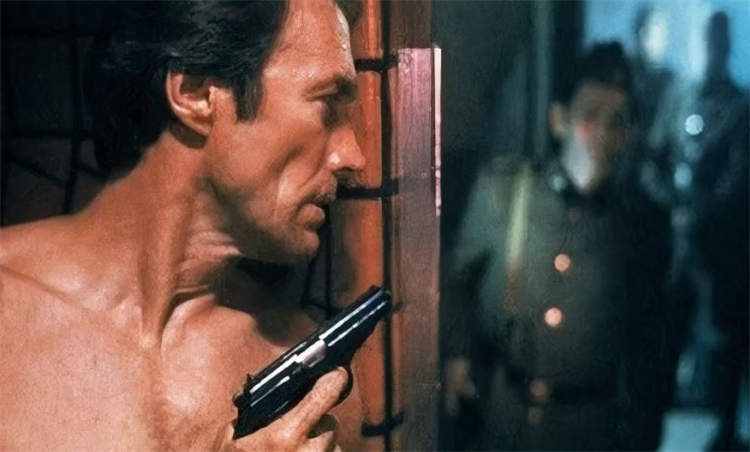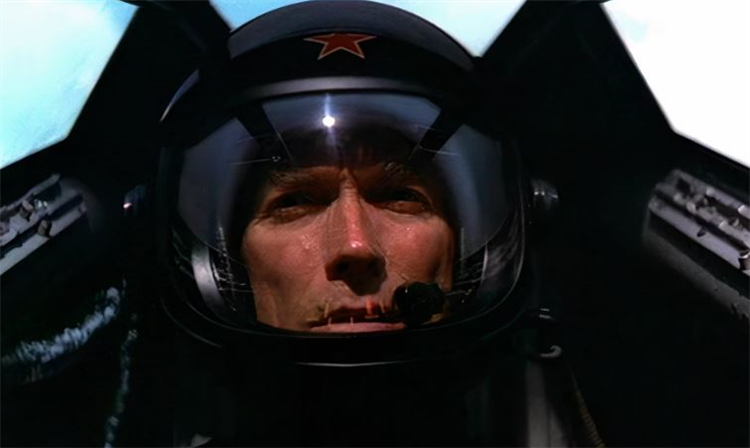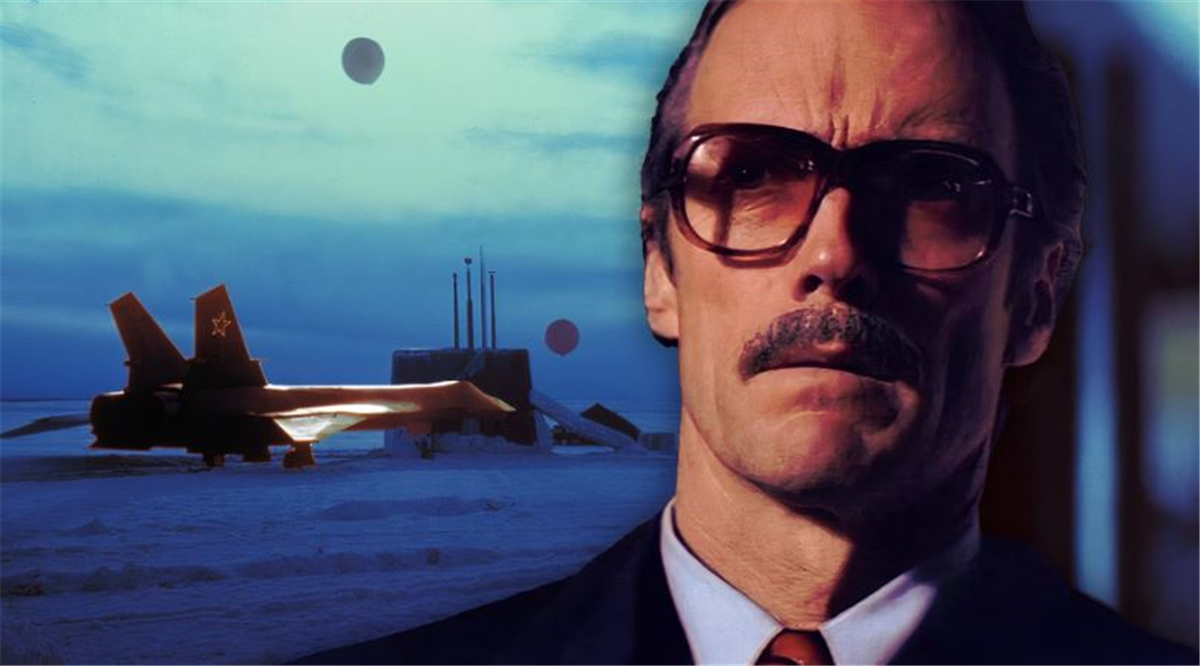Clint Eastwood has always been the most adventurous and interesting box-office superstar precisely because of his willingness to subvert his iconic screen persona, as evidenced by his creepy performance in the lurid 1984 thriller Tightrope. Moreover, while Eastwood’s action films, specifically the Dirty Harry film series, contain a requisite amount of heroic exaggeration, the actor has always projected the sense that he has a firm grip on reality. The most notable exception to this rule is the 1982 techno-thriller film Firefox, which marks the only time in Eastwood’s career in which he, as director and star, has departed the realm of plausibility and ventured into science fiction, which would share several similarities with Star Wars.
The science fiction aspect of Firefox is embodied in the film’s titular object, an advanced Soviet fighter aircraft capable of hypersonic flight, carries thought-controlled weapons, and is invisible to radar. In the film, Eastwood plays Mitchell Gant, a crackerjack pilot and traumatized Vietnam veteran tasked with infiltrating Russia to steal the Firefox and then transporting the mythical jet fighter to Western territory for observation. Every aspect of Firefox, which ranked as Eastwood’s most expensive film up to this point, represents an anomaly in his career. The film is the only Eastwood starring vehicle to rely heavily on special visual effects, not including the ethereal 2010 drama film Hereafter, which he only directed.
However, while filming effects scenes took 15 months to complete and the film’s expansive budget was antithetical to Eastwood’s core efficiency, the result was a spectacular piece of entertainment. Firefox remains one of the greatest examples of a cinematic video game, in which Firefox appears as a sleek, well-made machine about a sleek, well-made machine.
Clint Eastwood Plays a PTSD-Afflicted Fighter Pilot and Spy

Firefox opens in the Alaskan wilderness, where Clint Eastwood’s character, former United States Air Force Major Mitchell Gant, is seen jogging along a forested path toward his cabin while being pursued by a military helicopter. The appearance of the helicopter triggers in Gant a painful hallucination of the torment Gant endured as a prisoner of war in Vietnam. These persistent hallucinations have the effect of making Gant freeze, often at the most inopportune times.
However, Gant calms down after being approached by a United States military official, who asks Gant, who speaks Russian on account of his Russian mother, to sneak into Russia to steal the titular aircraft due to Gant’s superior flying skills. After successfully entering Russia under an alias, Gant is aided by several Russian dissidents while being seemingly continuously monitored by KGB officials.
However, while the espionage scenes in Firefox are effectively staged, notwithstanding the fact that too many Russian characters in the film speak with American and British accents and without English subtitles, the film’s Cold War scenes are entirely a prelude to the film’s aerial sequences, which occupy the film’s thrilling final 45 minutes.
Firefox enters the realm of science fiction with the aircraft’s mind-controlled features, which Gant can only access by thinking in Russian, according to Gant’s chief Russian helper, who subliminally speaks to Gant while he is airborne, much like Obi-Wan Kenobi’s spirit communes with Luke Skywalker in the climactic sequence of the first Star Wars film, and urges Gant to trust his feelings, which are the equivalent of the Force in Firefox.
The Death Star Trench Run Sequence Inspired Firefox

Besides Clint Eastwood, the biggest name attached to Firefox is Oscar-winning special effects expert John Dykstra, who gained fame for his invaluable contributions to the first Star Wars film, in which Dykstra was largely responsible for the execution of the scenes involving Force powers, lightsabers, and the various space battles between Empire and Rebel forces.
Eastwood wanted the same type of effects work for the aerial sequences in Firefox, in which Mitchell Gant, after escaping with the Firefox aircraft, must make his way to an Arctic ice pack for rearming and refueling before making his final dash to freedom while being pursued by a second Firefox prototype.
For the aerial sequences, Dykstra and his team created several large and small-scale Firefox models and then merged these models with the same type of reverse blue-screen photography that Dykstra utilized in Star Wars, specifically in terms of the climactic Death Star trench run sequence in which Luke Skywalker joins a Rebellion squadron to attack the Death Star space station.
In Firefox, the fearsome and towering Death Star walls are replaced by icy cliffs and narrow mountain crevices, which appear frighteningly close as Gant winds his way through a Russian gauntlet. Moreover, as Luke relies on the Force to launch a decisive torpedo into the exhaust port of the Death Star, thus triggering an explosion, Gant employs telepathy to launch a rear missile toward the second Firefox prototype, Gant’s Death Star.
Firefox Was Eastwood’s Only Attempt to Launch a Blockbuster Franchise
Firefox is based on Craig Thomas’s 1977 novel of the same name, which was published just after Star Wars was released. Firefox was followed by Thomas’s 1983 sequel novel Firefox Down, which reveals that the titular jet Mitchell Gant flies in Firefox sustained heavy damage and was forced to land in Finland, where the jet became submerged in ice while the Russians captured Gant.
Firefox Down was dedicated to Clint Eastwood by Thomas, who featured Gant in two more novels, Winter Hawk and A Different War, published in 1987 and 1997, respectively. However, while the film adaptation of Firefox, which grossed nearly $47 million at the domestic box office, was a modest box-office success, Eastwood wasn’t keen to revisit the rigorous process of effects-driven film-making, at least as director and star, and a prospective Firefox film franchise fizzled. Firefox is available to rent on Prime Video and Apple TV.
